Gym leaders in the Pokémon games are often touted as these great challenges trainers will have to face on their journey, but in a lot of cases, it’s a simple game of Rock Paper Scissors to weaken each gym’s signature Pokémon type. Because most of them are simple affairs, when a gym leader sticks out as a challenge, they really stay with the Pokémon community. Today, we’re paying tribute to the meanest, the toughest, and the most challenging gym leaders in each of the mainline games.
Pokémon Red, Blue, and Yellow: Sabrina

Really, a lot of the early challenges in Pokémon Red and Blue depend on which starter you pick. If you start with Charmander, Brock and Misty will be real tough because they weaken your first friend, but if you chose Bulbasaur, you’re sitting real pretty for those early gyms. However, there’s one gym leader who is an inherent challenge to most players because her typing is broadly overpowered in these first games: Sabrina. The psychic-type trainer’s team of mind-bending, telekinetic weirdos got a multi-episode arc in the anime because of how busted she was in Red and Blue’s meta.
The psychic type has only two weaknesses in these games: ghost and bug-type attacks. Ghost Pokémon are exclusively found in Lavender Town’s Pokémon Tower and only consist of the Gengar line in the first games, and bug-type Pokémon are notoriously weak. So your options for fighting Sabrina are pretty limited. Even if you had more options, it wouldn’t change the fact that Sabrina’s team is not fucking around. Her Kadabra, Mr. Mime, and Alakazam are all pretty tough, and each has good offensive, defensive, and status capabilities in their arsenal. The psychic typing was so busted back in the day, Game Freak had to introduce dark-type Pokémon in Gold and Silver just to balance things out.
Before we move on, let’s give an honorable mention to Brock in Pokémon Yellow. Because you’re required to use Pikachu as your starter in that game, you’re left with almost no options as Pikachu’s electric attacks don’t affect Brock’s team. The only option you have is to power through it with less than effective moves, or overlevel a Nidoran to the point of learning Double Kick. It’s one of the moments when it becomes clear how the game was clearly built around the original grass, fire, and water-type starters, and how removing those options from the early game could change everything, even with Brock’s team being a few levels lower than it was in Red and Blue.
Pokémon Gold and Silver: Whitney

Everyone knew this was coming. Whitney remains nightmare fuel for anyone who played the original Gold and Silver on the Game Boy Colour. Her Miltank is an icon because she literally rolls over every poor, innocent Pokémon who is unfortunate enough to face her. Whitney acts as a tutorial for a mechanic the player is likely not privy to when they show up at her gym in Goldenrod City. She knows Rollout, a rock-type move that doubles in strength with each successful use. It’s disorienting in a few ways. It’s a normal-type gym, but the most powerful move Whitney has at her disposal is a rock-type move, so you might not be prepared for this since you came ready to fight normal-type Pokémon. It’s also unclear that Rollout gets stronger with each use, so you don’t know why each Pokémon Miltank knocks out seems to be taking more damage than the last. But that’s her whole strategy. Whitney steamrolls your party with a constant barrage of increasingly powerful attacks. The only way to stop the multiplier is to either knock Miltank out or interrupt her streak, whether that be through defensive abilities like Protect or, by some miracle, avoiding the attack entirely.
This is the third gym battle in Gold and Silver, and it became a staple in conversations around the series’ most challenging battles. If you know the strategy, it’s easier to counter, but for most of us, Rollout was this new, unknowable thing we had to trial-and-error our way through until the cow Pokémon was knocked on its arse.
Pokémon Ruby and Sapphire: Norman
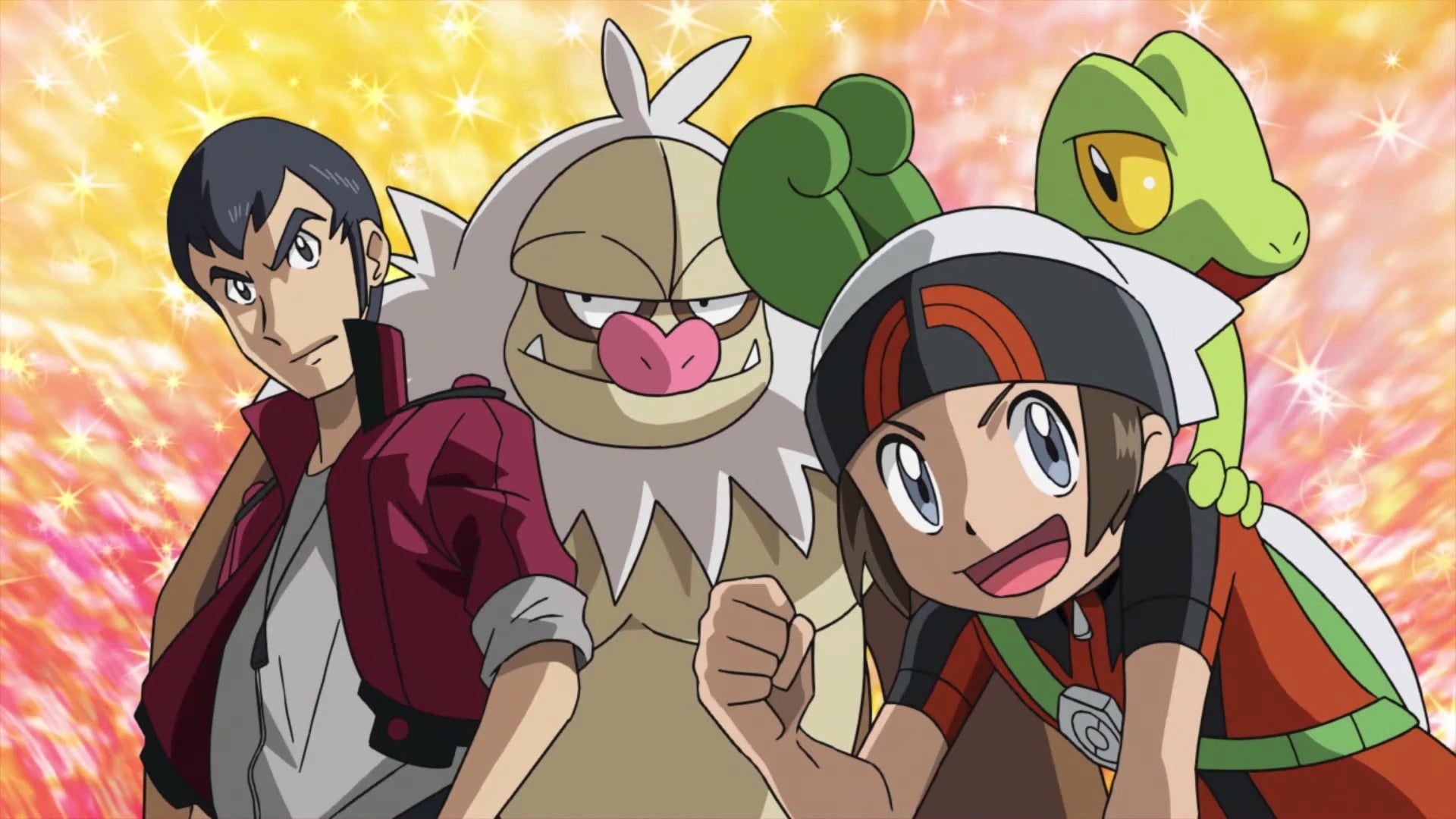
Since he’s the player’s father, it feels thematically appropriate that Norman would be one of the tougher fights in Ruby and Sapphire. The fight occurs around the midpoint of the game, and challenging him requires you to go back to Petalburg City, which you already passed through early on knowing you weren’t quite ready to face him at the time. Norman acts as a sort of gatekeeper for the new challenges you’ll face in the Hoenn region’s second half, and he whoops your arse on the way through. He both leads and closes the match with a Slaking, with a Vigoroth vibing in between the two. Slaking is a menace because it has incredibly high base attack stats, is bulky, and despite being a sloth, is pretty fast. If that sounds overpowered to you, that’s because it is, but Slaking also has an inherent disadvantage baked into its build with its ability Truant, which requires it to loaf about for a turn between attacks. It gives you an opening, but the second Slaking is ready to fight again it will Focus Punch your best ‘mon through the wall.
Norman’s battle is a reminder that sometimes just having a hulking tank of a Pokémon can be enough to challenge even the most proficient trainer, but as your father, he’s gotta teach you that sometimes life is hard and hits you like a truck. And that truck looks like the backside of a giant sloth’s hand.
Pokémon Diamond and Pearl: Fantina
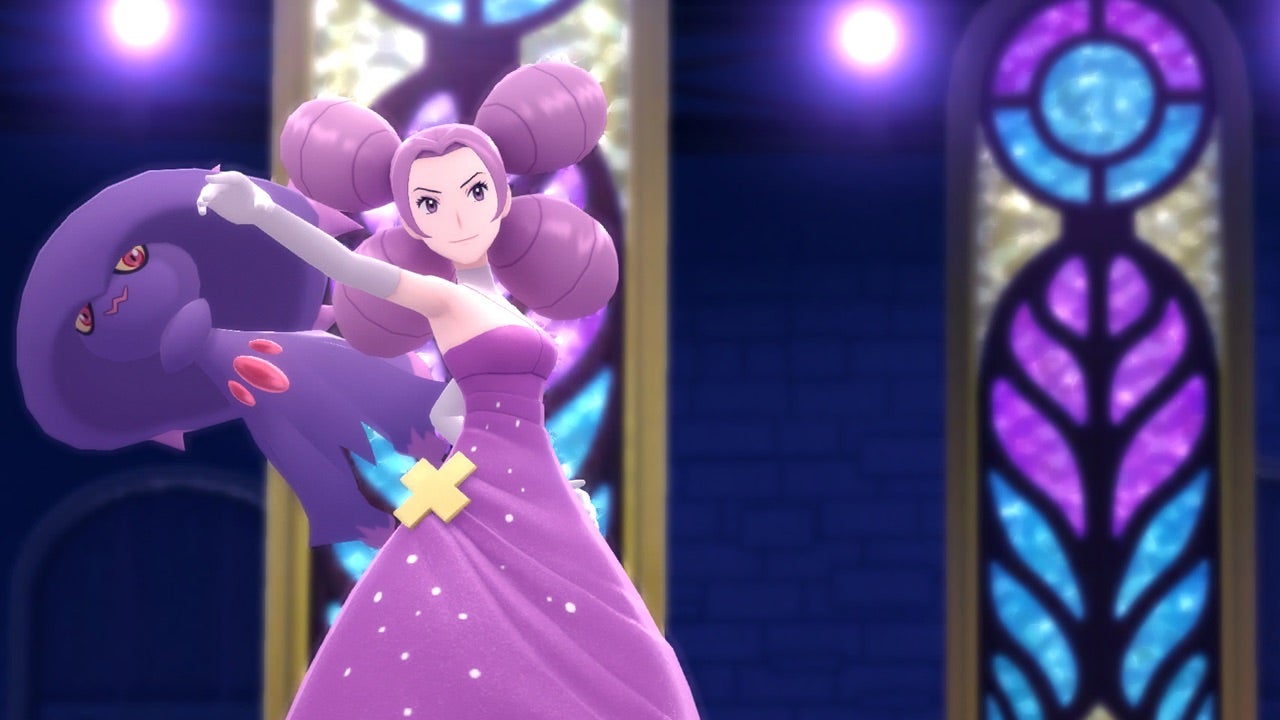
Fantina’s ghost-type team in Diamond and Pearl really just goes to show you ghost Pokémon are still pretty damn powerful. Ghost did get an additional weakness in Gold and Silver with the introduction of the dark type, but its only other weakness is ghost itself, which means if you choose to go that route, you’re opening yourself up to some risky plays as her Mismagius rains down Shadow Balls on unsuspecting ghost-type Pokémon. Many of Diamond and Pearl’s gym battles are pretty standard fare compared to others we’re highlighting here, but Fantina’s Mismagius is still a pretty tough opponent to meet around the midpoint of your journey through Sinnoh when you’re not yet a master of all the Pokémon elements.
Pokémon Black and White: Elesa
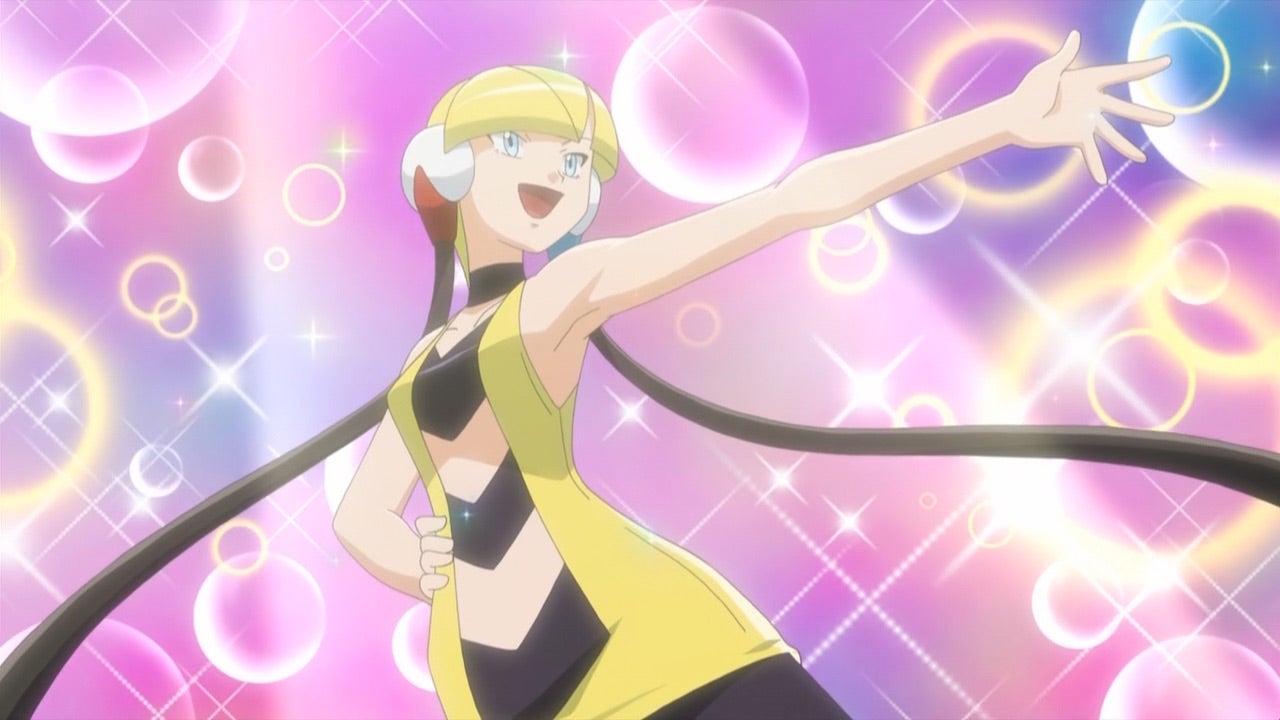
Elesa highlights how much you can challenge a prospective Pokémon champion just by subverting expectations. She’s an electric-type trainer, and even after two decades, the type only has one weakness: ground-type moves. Naturally, a player’s first instinct would be to bring ground-type attacks to the fight. But it turns out, those don’t affect most of her team. Black and White’s Pikachu knockoff is a flying squirrel called Emolga, and while it has the signature electric patches on its cheeks that mark it as an electric-type, it differs from the iconic mouse because it’s also a flying-type. Ground moves don’t affect it at all, so its weaknesses are ice and rock moves, rather than what you probably came ready to use.
Elesa has two Emolgas, so you spend most of the’s fight dealing with these flying little shits before getting to an electric-type Pokémon you can hit with an Earthquake. Then she sends out her ace, a Zebstrika, which knows Flame Charge for some reason. So if you were trying to use a grass-type Pokémon to tank through the electric moves, it will simply tackle you while engulfed in flames, growing ever faster with each subsequent bashing of its body into your Pokémon’s.
Pokémon X and Y: Valerie

Valerie really won the Pokémon gym lottery for X and Y, because she got to be the fairy-type gym leader in the generation that Game Freak introduced the new element to the meta. Fairy was retroactively applied to several Pokémon, including Mawile and Mr. Mime, both of which are in her party at the Laverre Gym. On top of having a new typing a lot of players weren’t used to by that point, Valerie’s party is made up of Pokémon that players have to recontextualize, unlearning some of what they’d learned from previous games. Mr. Mime and Mawile are suddenly not weak to the same attacks they were a game ago, and they also have new tools to counter Pokémon they would have once cowered from. Want to use a fighting Pokémon to target Mawile’s steel typing? Well, too bad, it’s a steel/fairy-type now, and can wreck your shit. If Mawile and Mr. Mime haven’t rocked your world by the end of the fight, her Sylveon will finish off whoever’s left.
The fairy type was brought about to counter dragon-type Pokémon, but Valerie’s fight is a reminder that the type mows down a whole lot more than just your favourite Dragonite or Salamence.
Pokémon Sun and Moon: Acerola
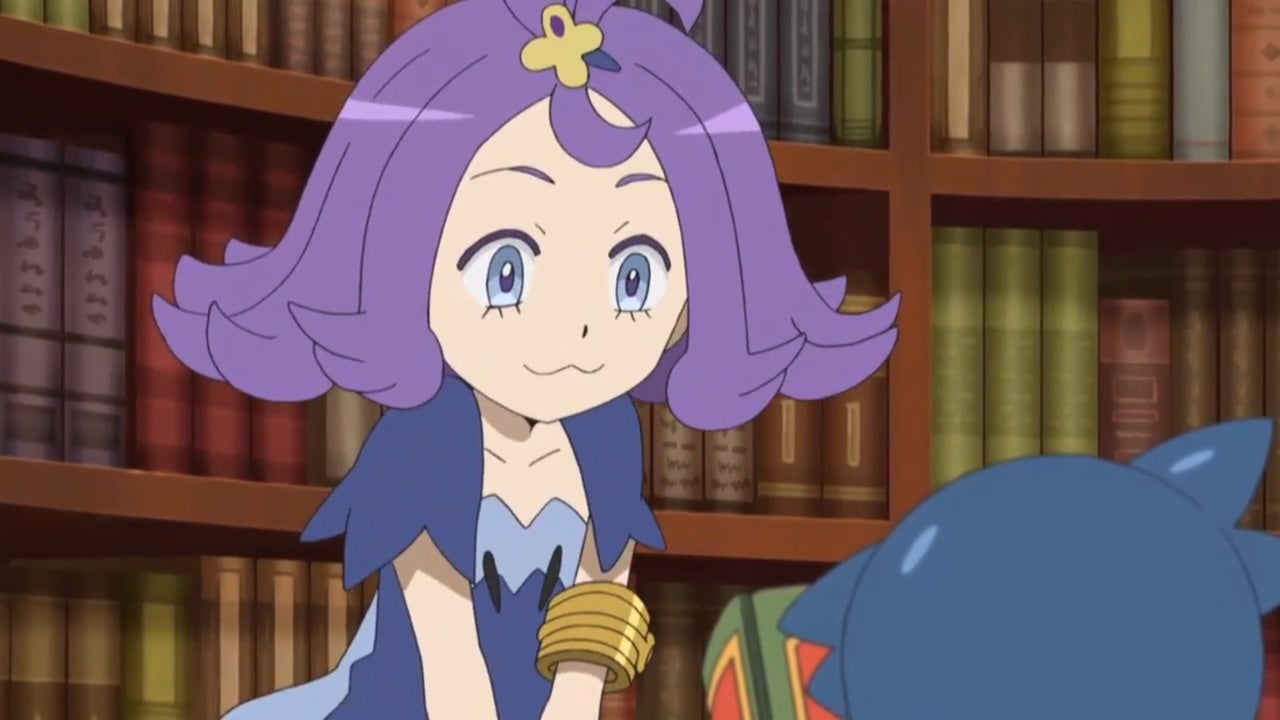
Technically speaking, Sun and Moon don’t have Pokémon gyms, so they don’t really have gym leaders. But they do have the Island Challenges across the islands of Alola, and they’re basically the same thing, just with a different cultural context specific to the region. As such, we can count Acerola among the other gym leaders we’ve discussed. By Gen VII, the ghost-type has become a pretty diverse group of Pokémon, after originally only including the Gengar family. Acerola’s team is full of ghost Pokémon, but each of them includes a secondary typing: Sableye has dark type, Dhelmise grass type, and Palossand gets ground type. There’s always something extra to be worried about with her team, and they’re among some of the highest-level foes you’ll face in Sun and Moon’s late game. Even if you’ve got a reliable dark-type Pokémon to Crunch through her party of poltergeists, she will likely cycle through something that will have your number.
Pokémon Sword and Shield: Raihan
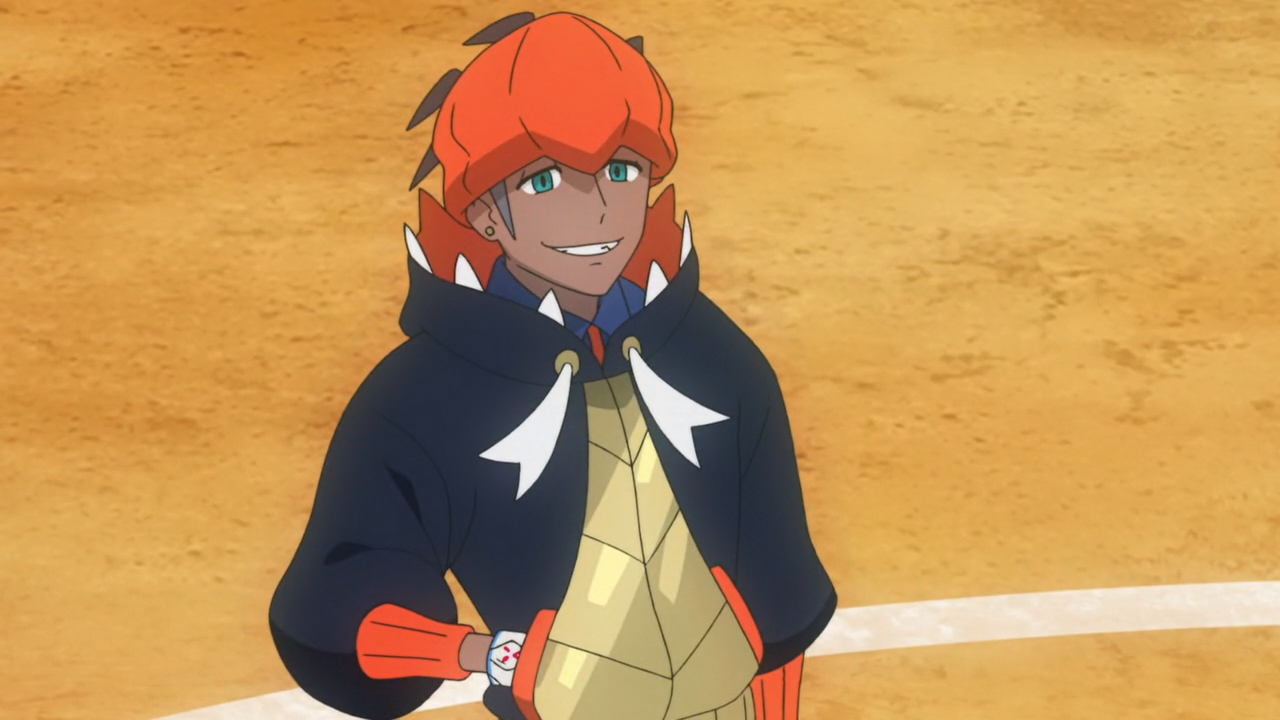
Sometimes all a gym leader has to do to be a challenge is have a real strategy that differentiates them from the same battles you spend most of the game fighting through. Raihan from Sword and Shield is that motherfuckin’ guy. The Hammerlock Stadium gym leader is ostensibly a dragon-type trainer, but really, his party is based in weather effects rather than a specific type. He challenges the player to a double battle and leads with a Gigalith that summons a sandstorm as soon as it’s on the field thanks to its Sand Stream ability. Rather than using a regular Sandstorm attack to set up the weather effect, Raihan gets to immediately set the stage on which you’ll battle him, with a sandstorm pelting all your non-rock, steel, or ground-type Pokémon each turn while his team is entirely immune.
There are several big battles in Pokémon where the trainer you’re facing has a strategy in place that gets immediately derailed by a decisive, super-effective blow that knocks out their Pokémon immediately. Raihan, on the other hand, skips a step by having his weather effects set before you can even choose an attack. The only options are to either override it with your own weather ability, or simply endure the sand and soot slowly chipping away at your health as you deal with his tanky team. Raihan really shows off how intricate Pokémon’s battle systems can be when they’re used to their full potential, something you don’t see in all the haphazardly slapped-together teams that are merely meant to slow you down.
Pokémon Scarlet and Violet: Larry
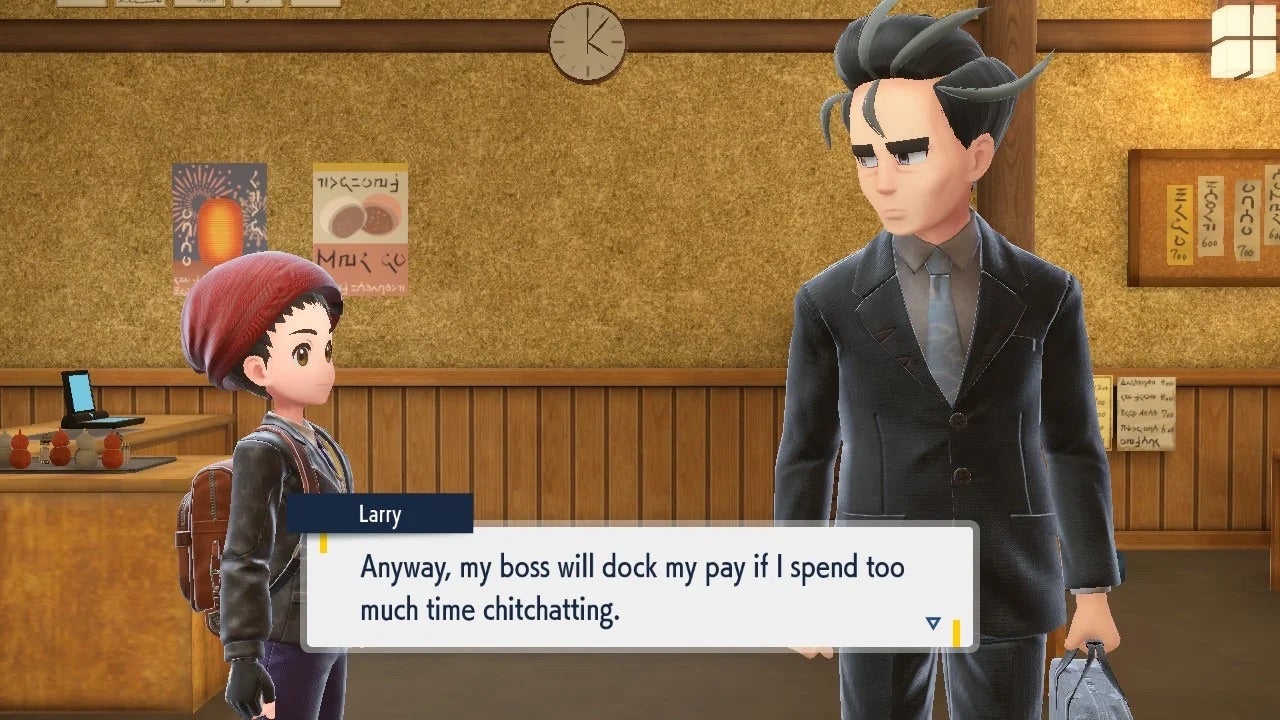
Scarlet and Violet are still pretty fresh in my mind, but I didn’t really run into many challenges in my journey through Paldea’s open world. So when it comes to who is the most challenging gym leader in the latest games, I mainly think back on Larry, the king of the working class, who is one of the best examples of the game’s terastalyzing mechanic. He uses a Starapator, which is a normal and flying-type Pokémon, but when he uses his tera orb, he changes it into a simple normal-type Pokémon. What makes this tricky is the only attacks that weaken a normal Pokémon are fighting moves, and because Starapator has Aerial Ace, it can deal some real damage to whatever fighting-type Pokémon you use to counter it. Your easiest course of action would be to teach a fighting move to a non-fighting Pokémon, but you could also terastalize a fighting-type Pokémon into an element that would be able to withstand Aerial Ace.
It’s not a huge challenge, but it is one of the best examples of how the terastal phenomenon can fundamentally change how you approach a Pokémon, rather than how most of the games’ gimmicks end up being a simple power boost. Larry forces your hand by using the mechanics in a competitively viable way, rather than just showing it off because it’s the Paldea region’s distinct flavour.
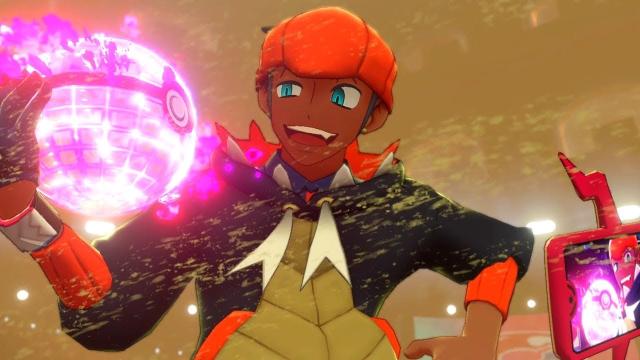
Leave a Reply